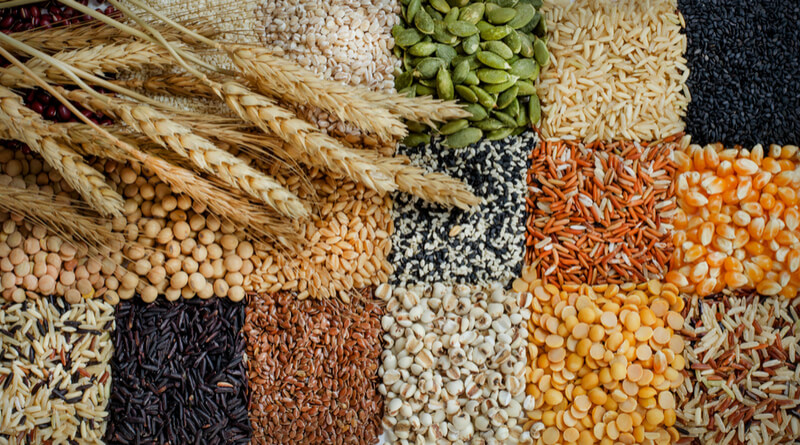Here’s Everything You Need to Know About Whole Grains and How to Cook them

Whole grains are among the healthiest foods. These are rich in fiber content, plant-based protein, iron, B vitamins, and a host of minerals. A whole grain is one that has its endosperm, germ, and bran intact and is thus extremely nutritious. Since whole grains possess complex carbohydrates, they are slowly digested when compared to the refined varieties. This ensures that blood sugar levels are maintained at a stable level. What’s more, whole grains can also help reduce bad cholesterol to ensure healthy weight and a lower risk of diabetes and heart disease.
Whole grains introduce a whole new world of versatility when it comes to cooking.
Oats
The grain can be presented in several different ways and is high in soluble fiber. This ensures that it helps improve digestion, reduces the risk of CVDs, and helps in the maintenance of a healthy weight.
Oats for the staple diet for many and are a welcome addition to breakfast. Several desserts also use oats and the nutritional goodness that they bring.
Corn
It is a common misconception that corn is not a whole grain. However, corn has immense nutritional benefits and contains carotenoids, zeaxanthin, and lutein. The consumption of corn helps maintain healthy eyesight. Corn is a very versatile grain and can be either eaten fresh or in the form of flour or cornmeal.
Black Rice
Black rice is sweet in taste and are dark-colored whole grains. These are extremely high in anti-oxidants and have levels that exceed even those in most vegetables and fruits. Black rice makes an amazing side dish and is used with curries. It is also used to make desserts including the black rice pudding.
Barley
Barley is extensively used in soups and stews. It packs in lots of magnesium, B vitamins, fiber, and selenium. It is, however, not gluten-free and is, therefore, not suitable for those who have celiac disease. For those who are not gluten intolerant, you can enjoy barley soup and slow-cooker bean.

